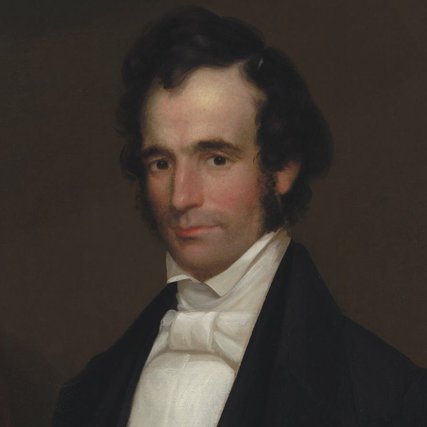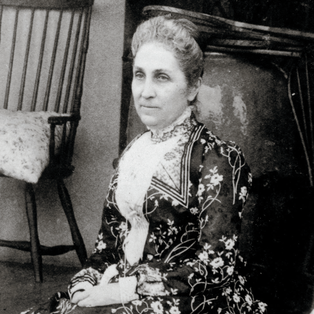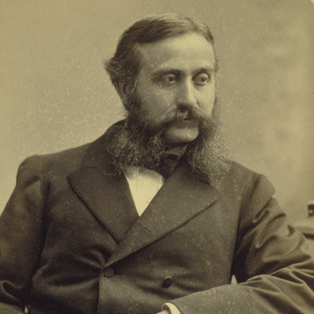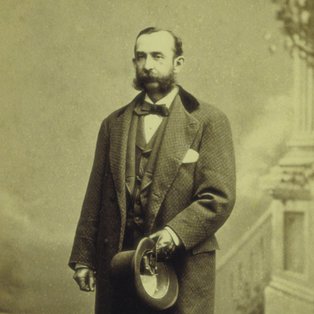Planting a Seed in the Wild West
The idea of a state university began to incubate in the minds of Californians before California had even become a state. In 1849, when a group of farsighted community leaders met to draft a state constitution, they included a provision for a university.

California was the place to dream big dreams. The 1849 Gold Rush brought throngs to the West Coast seeking their fortunes — along with them came preachers and teachers with lofty ideals. Among this latter group was Henry Durant, a Congregational minister and Yale graduate who left New England in 1853 and headed for California, saying he had “college on the brain.”
Along with Durant, S.H. Willey, a minister from Massachusetts, helped co-found the College of California, which opened with only three pupils. They would soon acquire 160 acres of land, but money was still scarce. In 1867, the trustees decided to donate their acres to the state for its new university. With this gift of land and federal land grants, the state legislature was able to charter the University of California in 1868. Durant was appointed its president in 1870.
Daniel Coit Gilman, the university’s dynamic second president, was convinced that help from donors was the way forward for the fledgling university.
During Gilman’s presidency, the 1,036-volume library collection increased twelvefold with the help of private gifts, including a bequest from San Francisco banker Michael Reese.
Henry Douglas Bacon, a successful banker and real estate investor from Oakland, hoped the university would become the cultural center of the West Coast. Bacon donated his collection of fine books, paintings, and sculptures, along with $25,000 to build an art gallery and library. The Bacon Art and Library Building became the intellectual heart and aesthetic showplace of the campus. In 1881, it housed a collection of 17,000 volumes; by the end of the century, the collection had grown to 100,000.



